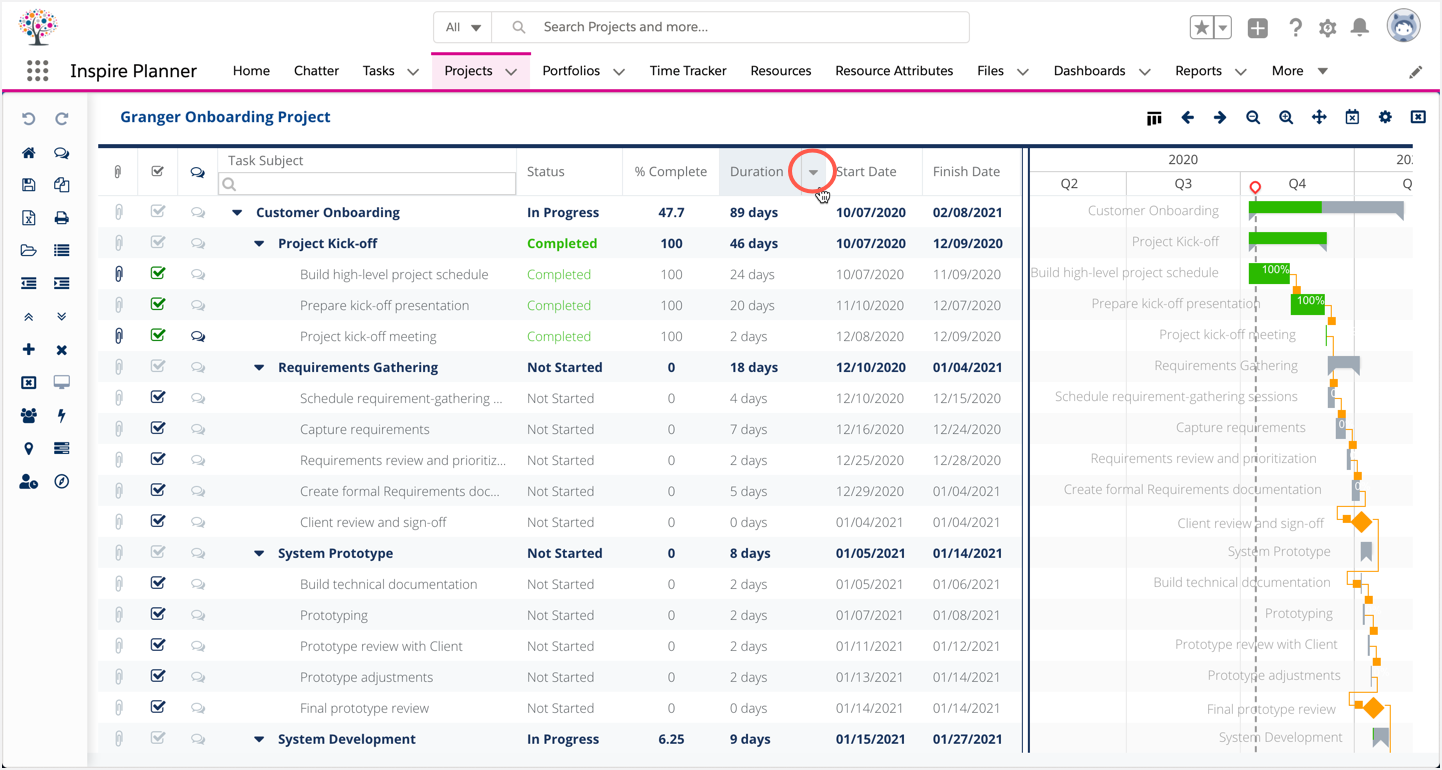
Calculate it and the total float, considering the duration in days.įree float = ES of next activity – EF of current activity – 1
TOTAL SLACK AND FREE SLACK FREE
Example: 2įind which activities can have a free float for the below-given network diagram. Now we will discuss a more complex example. Hence, the free float for Activity C is eight days. Calculating the Free Floatįrom the figure above, you can see that only Activity C can have a free float because all others are on the critical path.įree float of Activity C = ES of next activity – EF of Activity C – 1 The durations are the same, so both formulas will give you the same result. Total float for Activity C = (LS of Activity C – ES of Activity C) Total float for Activity C = (LF of Activity C – EF of Activity C) I will show you both ways.įirst, we will go with the Late Finish and Early Finish dates: We can calculate the total float by using either the finish dates or start dates. On path A->C->D, Activity A, and D are on the critical path therefore, they will not have a total float. = (duration of the path A->B->D) – (duration of the path A->C->D) Total float = duration of the critical path – duration of the non-critical path For the first, subtract the duration of the non-critical path from the critical path.įor the second method, find the total float for any activity by subtracting the Early Start date from the Late Start date (LS – ES) or subtracting the Early Finish date from the Late Finish date (LF – EF) for any activity. There are two methods to calculate the total float. Path A->C->D is a non-critical path, so it can have a total float. Path A->B->D is a critical path therefore, it will not have a total float. Path A->B->D is the critical path because it has the longest duration. The second is A->C->D with a 12-day duration.The first is A->B->D with a 20-day duration.In the above network diagram, you can see two paths: The first is easy, and the second one is tougher.
TOTAL SLACK AND FREE SLACK HOW TO
Here are two examples of how to calculate free float and total float. If you struggle with these calculations, I have a blog post on the critical path method. I’m assuming that you know how to draw a network diagram, identify the critical path, and calculate the Early Start, Early Finish, Late Start, and Late Finish dates of activities. The formula used to calculate free float differs for these two situations however, the result is the same. It seems more logical to me to say, “Hey, today is the first day of the project!” instead of saying, “Hey, today is the zero-day of the project.”.The PMBOK Guide follows this convention.I decided to refer to the first day of the project as “one.” Some experts consider it “one,” while others consider it “zero.”īoth conventions are correct, and you are free to choose. You can refer to the first day of your project in two ways. A Note on the Convention Used in the Example Please note that if two activities converge into a single activity, only one of these two activities may have a free float. You can calculate the free float by subtracting the Early Finish Date of the activity from the Early Start Date of the next activity.įree Float = ES of next Activity – EF of Current Activity Total Float = Late Finish date – Early Finish date Free Floatįree float is how long an activity can be delayed without delaying the Early Start of its successor.

You can get it by subtracting the activity’s Early Finish date from its Late Finish date. Total Float = Late Start date – Early Start date You can calculate it by subtracting the Early Start date of the activity from its Late Start Date.


On a critical path, the total float is zero. Total float is how long an activity can be delayed without putting off the project completion date. A better understanding of both will help you draw one and analyze a critical path. Total floats and free floats are important in developing a network diagram. While reading the Head First PMP book, I came to understand that a network diagram has two different types of floats. Until I started my PMP exam preparation, I used to think that total float and free float were synonymous. Today’s topic of discussion is total float vs free float.


 0 kommentar(er)
0 kommentar(er)
